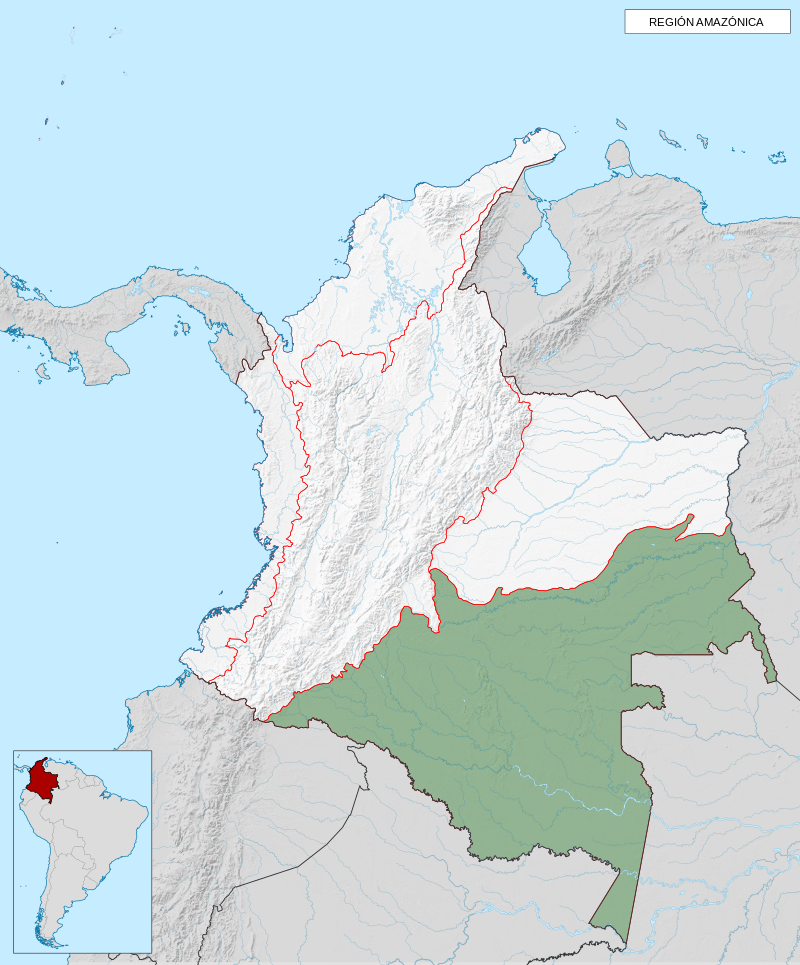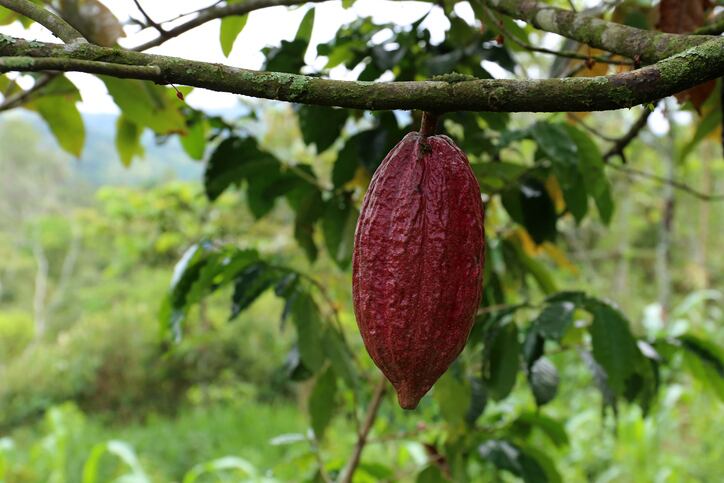Companies such as Mars, Hershey and Barry Callebaut, along with the Ivorian and Ghanaian governments and NGO partners, agreed in November 2017 to combat deforestation in the top two cocoa growing nations under the Cocoa & Forests Initiative.
Colombia has now become the first Latin American country to join the public-private partnership.
The national government has teamed with Colombia's second largest cocoa buyer, Casa Luker, Compañía Nacional de Chocolates and the National Cocoa Federation, to promote forest conservation and restoration in a Joint Framework for Action signed today.
The country aims to reinvigorate degraded land and find employment in cocoa for rural farmers in communities with a history of conflict.
Under the agreement, signatories must come up with action plans by the end of this year and agree on milestones to be achieved by 2020.
The deal, supported by the World Cocoa Foundation (WCF), aims to reach a fully transparent and traceable supply chain that is free of deforestation and forest degradation by 2025.
Colombian Amazon

Colombia’s 403,000 km² Amazonía region is bigger than Germany. It is made up primarily of tropical Amazon rainforests and accounts for 35% of Colombia's total territory.
Deforestation in Colombia
Colombia’s pledge comes as satellite data suggests the nation's deforestation issue is worsening.
Colombia lost around 425,000 hectares of tree cover in 2017, double the average loss from 2001 to 2015, according to data from the World Resources Institute’s (WRI) Global Forest Watch platform.
WRI suggests tree cover loss is likely linked to a peace deal with disbanded guerrilla movement FARC, which has allowed development of forested areas previously controlled by the group.
Is cocoa responsible?
Ed Davey, project director at the WRI, a non-profit that helped broker Colombia's Cocoa & Forests agreement and which will provide financial support in its first year, told this site: "To date, cocoa has not caused any significant deforestation in Colombia.
"The drivers are livestock, land speculation, the coca crop, which is turned into cocaine, and infrastructure and mining.
"But Colombia has significant aspirations to grow its cocoa sector and the commitment is for there to be no future deforestation from cocoa."
Cocoa isn't currently cultivated inside protected areas in Colombia, but significant volumes are grown around the Amazon and Pacific regions, which are home to biodiverse forests.
"Colombia is largely 50% forest cover, so wherever cocoa is being produced it's likely it will be quite near areas of forest and protected areas,” said Davey.
Mighty Earth ‘excited’ and urging agroforestry systems
Non-profit Mighty Earth – which launched an investigation titled ‘Chocolate’s Dark Secret’ into cocoa-driven deforestation – last year urged the Cocoa & Forests Initiative to be extended to other countries.
“We are tremendously excited about Colombia’s move,” Etelle Higonnet, Mighty Earth's legal and campaign director, told ConfectioneryNews today.
“Now we are looking to the rest of Latin American cocoa-producing countries to match or surpass Colombia, with their own cocoa frameworks.”
Mighty Earth hopes Colombia can integrate agroforestry systems into its plan.
“Ending deforestation is just like stopping the car before it drives off the cliff, but agroforestry is like putting the car in reverse. That’s how cocoa can become a truly forest-friendly commodity,” said Higonnet.
Agroforestry and monitoring
Davey said the agreement hopes to encourage smallholder farmers cultivating coca to convert to cocoa in an agroforestry system with shade trees.
He added: "I think there is a role for voluntary public-private partnerships provided they are robustly monitored."
Davey said Colombia's national forest monitoring system, led by the National the Institute of Hydrology, Meteorology and Environmental Studies (IDEAM) will help ensure the agreement is respected.
Earlier pledges and a Supreme Court ruling
Colombia had already made steps to protect its Amazonía region.
Last year, it became the first country to agree a voluntary public-private partnership under the Tropical Forest Alliance 2020 (TFA2020), which commits it to reducing tropical deforestation driven by commodities, starting with soy, beef, palm oil, and paper and pulp.
The TFA2020 Colombia Alliance aims for zero net deforestation by 2020 and an end to loss of natural forests by 2030.
Nestlé, Unilever, WWF and Solidaridad were part of the earlier pledge.
But pressure has since mounted on the country to do more.
Colombia’s Supreme Court ordered the government to tackle deforestation in the Amazon in a court ruling in April.
It came as a result of 25 young people suing the government for failing to stop Amazon destruction, thereby violating their constitutional right for a healthy environment.
Colombia’s cocoa potential

Colombia’s government claims the Latin American nation has potential for 2m hectares of cocoa – “an area that would place the country among the world's top cocoa growers,” it says.
The nation’s cocoa area almost doubled between 2000 and 2015 to reach around 165,006 hectares, according to a USAID report.
Colombia produced 47,732 metric tons (MT) of cocoa in 2014, accounting for 1.1% of global production, according to the International Cocoa Organization (ICCO).
Major multinational chocolate companies do not currently source cocoa from Colombia. Casa Luker and Nutresa purchase 80% of the country’s crop.
Davey hinted the agreement may attract the international market.
"There is a hope that big players who do not currently source cocoa in Colombia may one day do so."
Research group Hardman Agribusiness told us in 2016 there was “real excitement” about Colombia with significant investment earmarked for its cocoa sector.
The country is already the third largest producer of fine flavor cocoa, behind Ecuador and Peru, and 95% of its exports are considered fine flavor.
